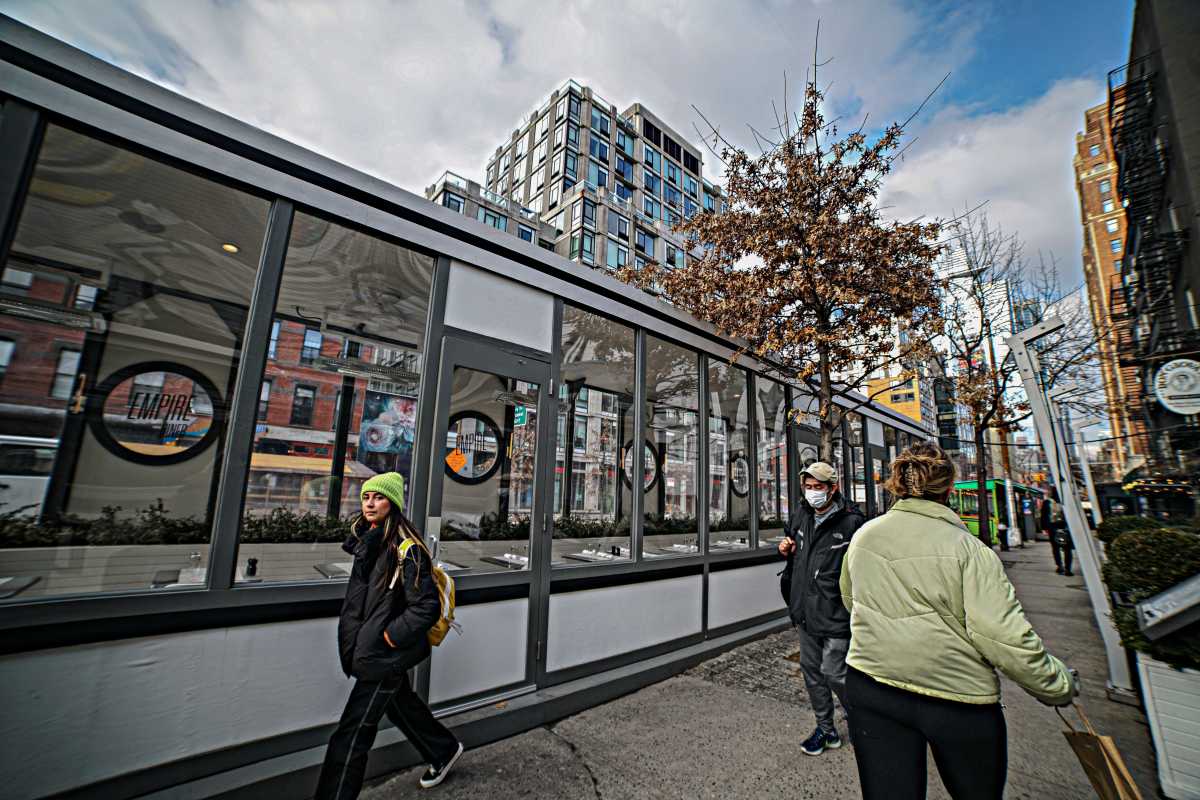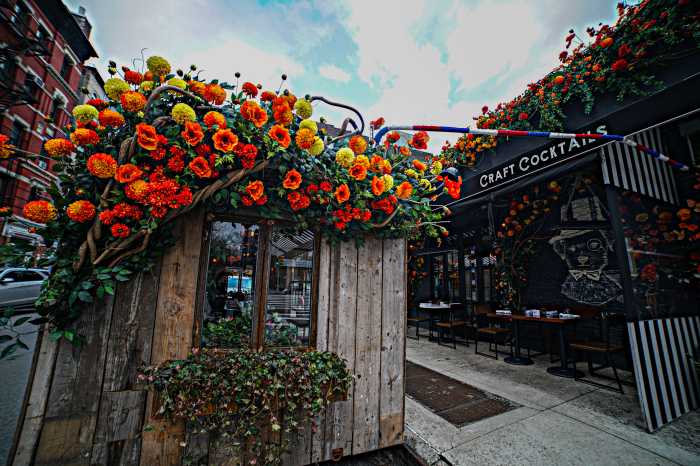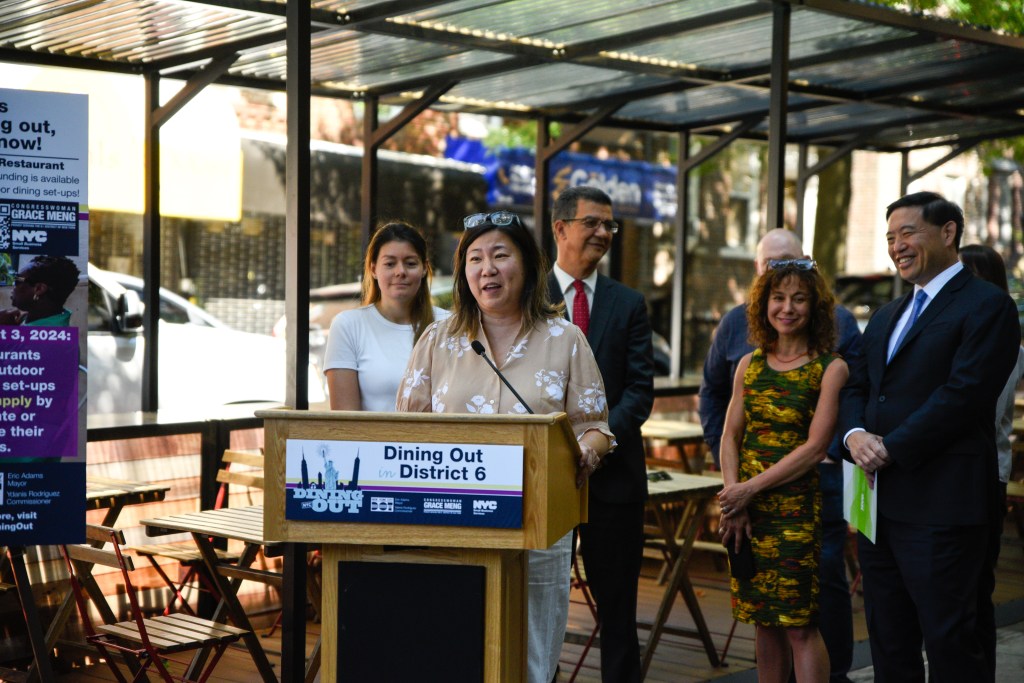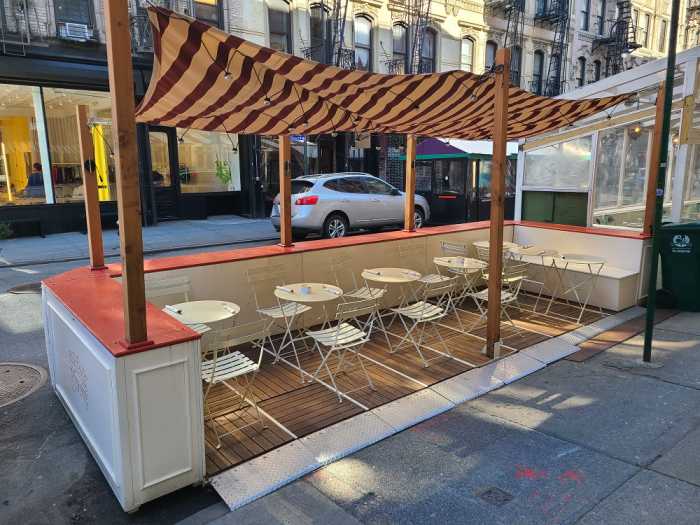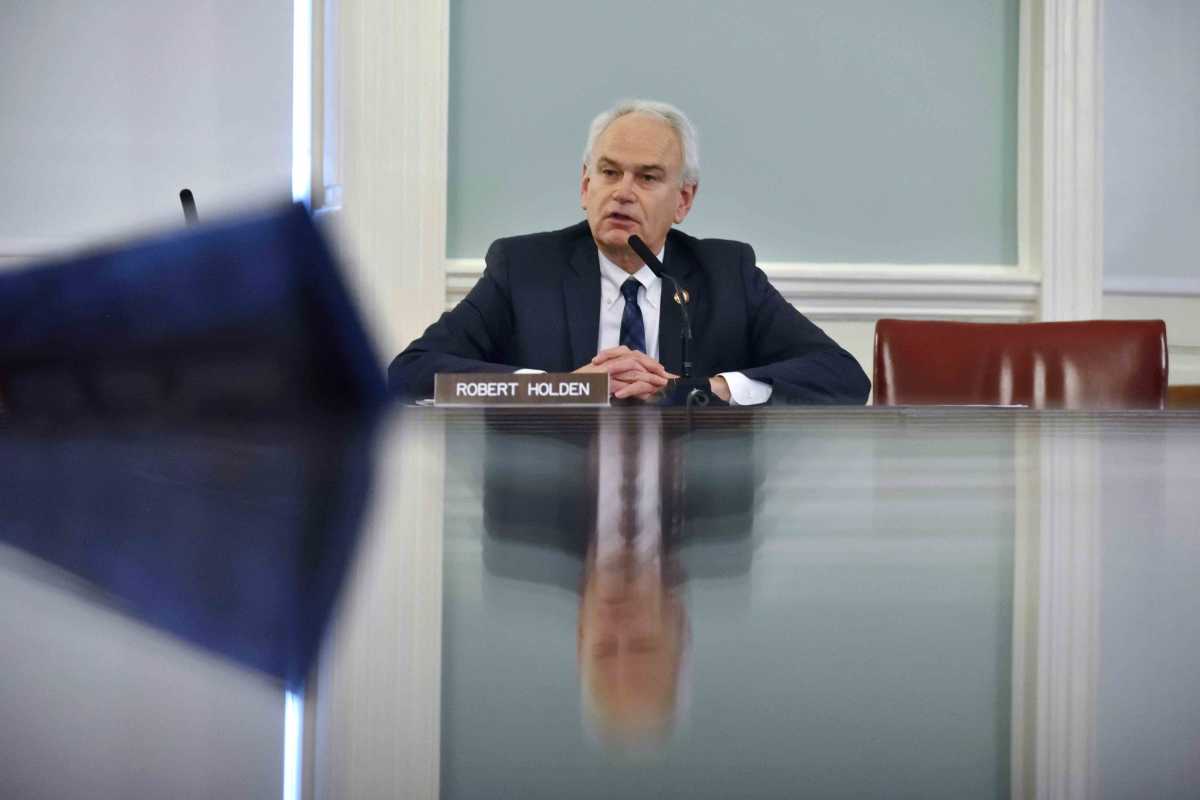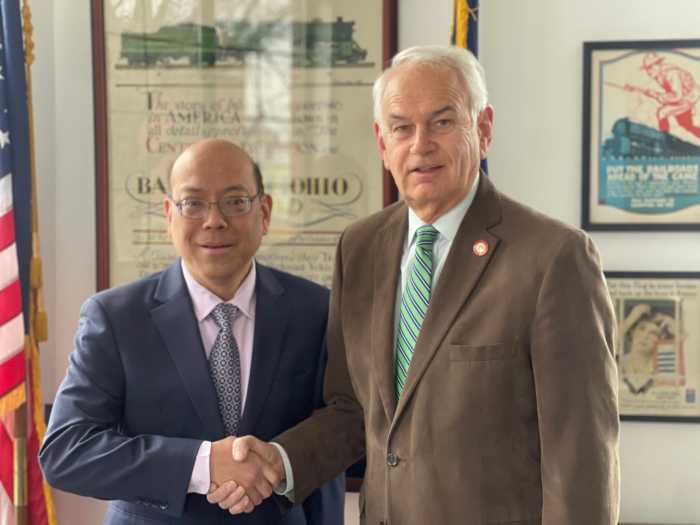New York City’s alfresco dining culture should be the envy of our country and globe. That’s why the goal of Dining Out NYC was to create the largest outdoor dining program in the nation by reimaging the streetscape to support New Yorkers and restaurants while creating vibrant public spaces.
Unfortunately, this transformation of reimagined public space to boost social and economic activity across the five boroughs has fallen short. Just 3,000 restaurants have applied for the new program—a stark contrast to the 13,000 that took part during the pandemic. Many of these applicants may not even secure a license due to regulatory and financial hurdles. By this spring, we may see little more outdoor dining than the 1,400 pre-pandemic sidewalk cafés.
Our organization, the New York City Hospitality Alliance, has decades of experience with the city’s outdoor dining laws. As the association representing local restaurants, we played a key role in securing the pandemic-era program that saved thousands of establishments and preserved 100,000 jobs. We also contributed to the development of the new sidewalk and roadway café law. While we acknowledge that many parts of the new regulations improve upon the old system—such as expanding eligibility and lowering fees—we are also seeing its shortcomings as implementation unfolds. Now is the time for the Mayor and City Council to enact reforms to ensure the program meets its goal of creating the nation’s largest and most successful alfresco dining initiative.
While various parts of the program can be refined—and more issues will undoubtedly arise—these key reforms would create a much better system and encourage greater restaurant participation.
One of the key successes of the pandemic-era program was its year-round operation. In contrast, the new roadway café program is seasonal, making it cost-prohibitive for small restaurants. Many cannot afford the expense of dismantling, storing, and reinstalling their streeteries each year. To address this, the city should include a winter storage option in the fees restaurants already pay and reinstate year-round roadway cafés for those that meet qualifying design standards. Restaurants should also be permitted to enclose their sidewalk cafés during colder months. These reforms would help small businesses generate essential revenue, maintain stable jobs, and preserve worker hours that are reduced due to the loss of outdoor seating in the cooler and winter that go unused or that must be removed.
The rules should also be adjusted to allow more space for seating. Recent changes to sidewalk café clearance requirements have reduced seating capacity and should be reversed to the long-standing standard of either half the sidewalk width or eight feet, whichever is greater. Scaffolding regulations should also be reformed to ensure these temporary structures do not restrict or eliminate sidewalk cafés.
There’s also no reason to risk the absurdity of letting a customer enjoy a meal outdoors while prohibiting them from pairing it with a glass of wine because a permit hasn’t been processed. The city and state governments must align their application processes so that when a restaurant is approved for outdoor dining, it is simultaneously authorized to serve alcohol.
Furthermore, while lower than under the old sidewalk café law, fees remain too high for many restaurants and should be reduced. The jobs created and tax revenue gained from lower fees exceeds the limited government revenue that’s collected from far fewer applicants deterred by high costs. Additionally, annual fees should be payable in installments, as they were for decades, rather than requiring full upfront payment, which is too burdensome for many businesses.
Lastly, the application process for outdoor dining must be simplified and expedited. The online system should let restaurants save partially completed applications, and the city should reinstate an in-person application option to support small restaurants that struggle with the complexity of the online-only process. Additionally, while the City Council intended for a swift approval process, the city is taking too long to review applications for completeness before forwarding them to community boards—a step that must be streamlined. At the same time, restaurants face multiple fees for outdoor dining, which should be reduced, and installment payment options should be offered to help small businesses that lack the cash flow to pay the full amount upfront.
New York City has the potential to create a world-class outdoor dining program, but only if our government acts to fix these flaws. Without reform, we risk squandering a once-in-a-generation opportunity to reimagine our streetscape to benefit restaurants, workers, and communities they serve. The Mayor and City Council must act to ensure Dining Out NYC reaches its full potential.



